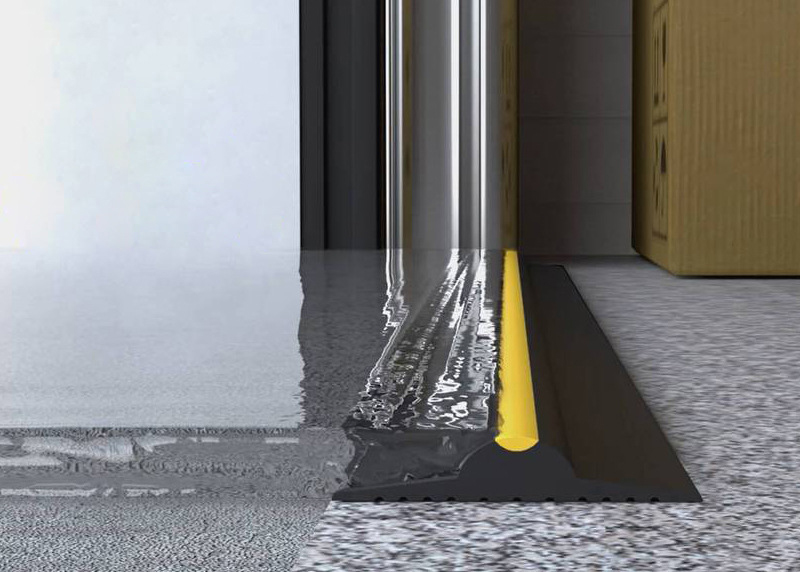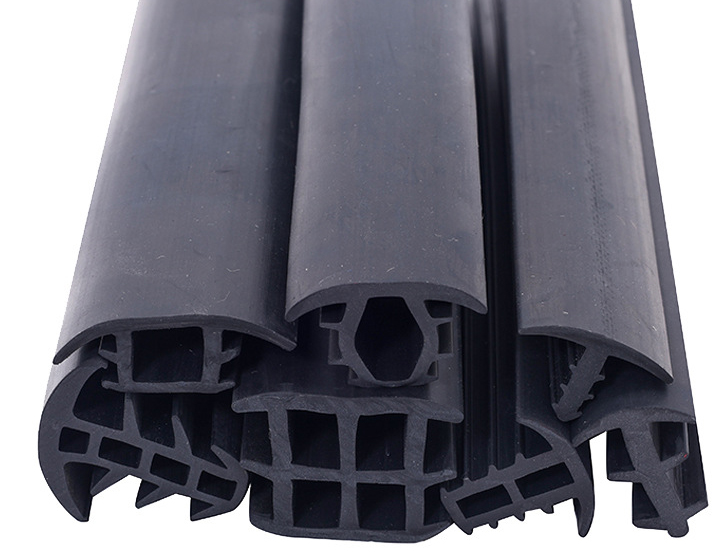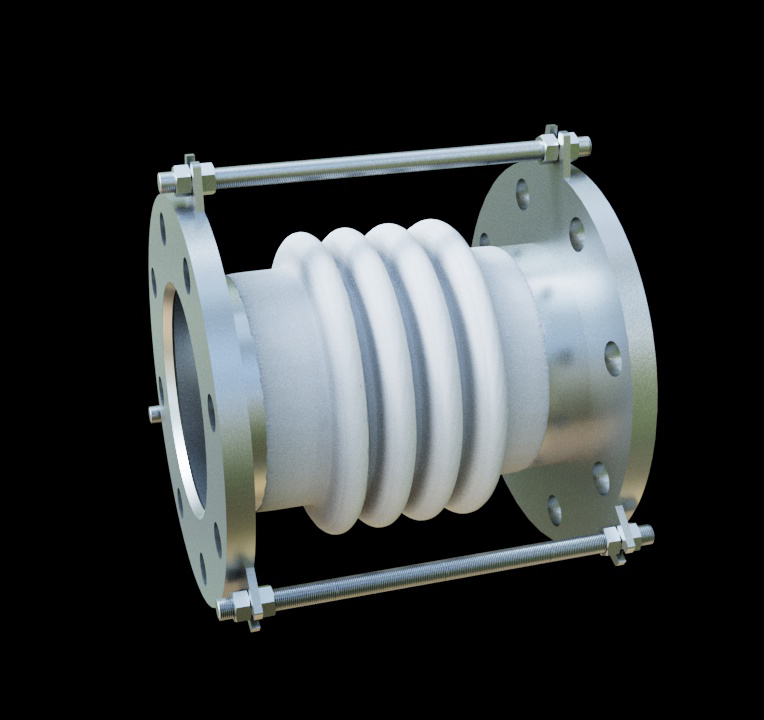How about Under insulation ER temperature and humidity detection and VCI blowing dryers system
Integration of Systems
Integrating insulation temperature, humidity, and ER detection systems provides a comprehensive understanding of Under insulation conditions. Modern smart Under insulation detection systems use IoT (Internet of Things) devices to continuously monitor and report Under insulation conditions in real-time, enabling automated control CUI and leak systems, precision insulation, and sustainable insulation management practices.
System Integration for Under-Insulation Monitoring
Integrating insulation temperature, humidity, and Electrolytic Resistance (ER) detection systems offers a comprehensive approach to understanding the conditions under insulation. This integration is critical for maintaining the integrity of insulated structures and preventing issues like Corrosion Under Insulation (CUI) and leaks.
Key Components of the Integrated System:
-
Insulation Temperature Detection
Temperature monitoring beneath the insulation is essential for identifying thermal variations that could lead to performance degradation or damage. High temperatures can accelerate material wear and increase the risk of insulation failure or CUI. -
Humidity Detection
Moisture under insulation can contribute to corrosion and mold formation, especially in systems exposed to high humidity or where leaks are present. Humidity sensors track moisture levels and provide early warnings to prevent damage, particularly in pipelines, tanks, and vessels. -
Electrolytic Resistance (ER) Detection
ER detection is used to measure the electrical resistance of the insulation material. A decrease in resistance often signals the presence of moisture, which can accelerate corrosion. Monitoring ER levels helps identify areas at high risk of CUI, providing a proactive approach to maintenance.
Benefits of Integrating These Detection Systems:
-
Real-Time Monitoring: By using IoT (Internet of Things) devices, these systems provide continuous, real-time data on temperature, humidity, and ER levels beneath insulation. This allows for immediate detection of anomalies that could lead to failures, reducing downtime and operational risk.
-
Automated Control and Monitoring: Integration enables automated control systems that can trigger interventions such as adjusting heating, cooling, or even activating leak prevention mechanisms when certain thresholds are crossed.
-
Precision Insulation: By closely monitoring conditions beneath the insulation, operators can fine-tune insulation practices for greater energy efficiency and longer service life, ensuring the system is running optimally.
-
Sustainable Insulation Management: This integrated approach allows for better resource management and more sustainable practices. For example, by identifying and addressing insulation problems early, resources (such as energy and maintenance costs) are saved, extending the lifespan of the equipment and reducing the need for frequent repairs or replacements.
Applications:
- Industrial Systems: Large-scale systems such as refineries, power plants, and chemical processing plants where insulation is critical to maintaining temperature and preventing damage.
- Energy Efficiency Projects: Optimizing insulation performance to reduce energy consumption in buildings or manufacturing facilities.
- Corrosion Prevention: Protecting pipes, vessels, and tanks from the damaging effects of moisture and temperature variations, especially in industries dealing with corrosive materials.
This integrated system is a powerful tool for ensuring the longevity and reliability of insulation in various industrial applications, while also supporting sustainability goals.






